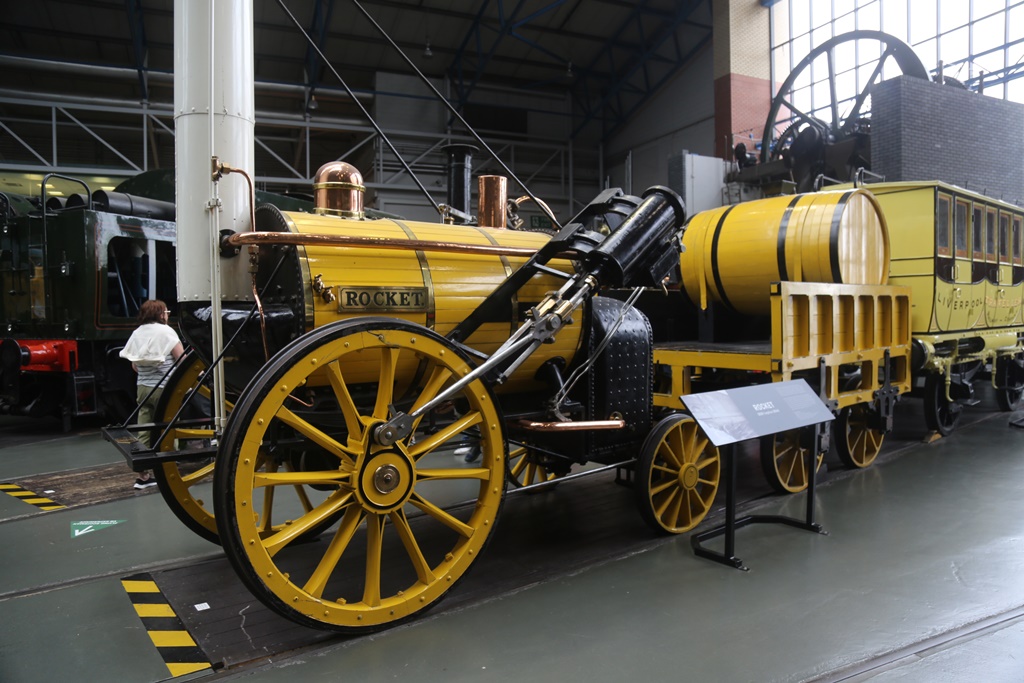Stephenson’s Rocket holds a revered place in the history of transportation as one of the most influential and iconic steam locomotives ever built. Designed and constructed by George Stephenson and his son Robert in 1829, the Rocket marked a significant advancement in steam locomotive technology and played a pivotal role in the development of railways during the early 19th century.
At the time of its creation, the Rocket was a revolutionary departure from previous locomotive designs, incorporating several innovative features that set it apart from its predecessors. One of its most notable features was its use of a multi-tubular boiler, which significantly increased the locomotive’s steam-producing capacity and power output. This allowed the Rocket to achieve speeds of up to 29 miles per hour, making it the fastest locomotive of its time.
Another key innovation of the Rocket was its use of a blast pipe and exhaust steam to create a draft in the firebox, improving combustion efficiency and enhancing the locomotive’s overall performance. Additionally, the Rocket featured a novel arrangement of wheels, with a single pair of driving wheels positioned at the rear of the locomotive and a leading pair of wheels mounted on a swiveling truck for improved stability and maneuverability.
In 1829, the Rocket made its historic debut at the Rainhill Trials, a competition organized by the Liverpool and Manchester Railway to select the most suitable locomotive for its newly constructed railway line. Competing against other locomotives of the day, the Rocket emerged victorious, demonstrating its superior speed, reliability, and efficiency over a series of grueling trials.
Following its success at the Rainhill Trials, the Rocket went on to enjoy a distinguished career as a passenger and freight locomotive on various railway lines throughout Britain. Its speed and reliability made it a popular choice for railway operators, and its distinctive appearance and performance captured the public’s imagination, earning it widespread recognition and acclaim.
Despite its eventual retirement from active service, Stephenson’s Rocket continued to captivate audiences as a symbol of the industrial revolution and the transformative power of steam technology. Numerous replicas and reproductions of the Rocket have been built over the years, allowing future generations to experience firsthand the ingenuity and engineering prowess that went into its creation.
Today, Stephenson’s Rocket remains a beloved and iconic symbol of Britain’s railway heritage, revered for its role in revolutionizing transportation and shaping the modern world. Its legacy lives on in museums, historic railway sites, and the hearts and minds of railway enthusiasts around the globe, serving as a timeless reminder of the power of innovation and the enduring appeal of steam locomotion.



